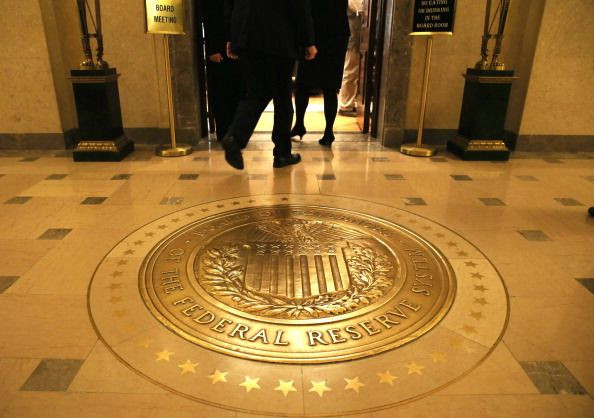US Federal Reserve Lists Scenarios For 2016 Bank Stress Tests

The U.S. Federal Reserve released Thursday a set of scenarios for 2016 to test if large American banks can weather economic hardship, as part of its “annual comprehensive capital analysis and review program,” popularly known as stress tests. This year, the Fed specified three scenarios, including a prolonged global recession and unemployment up to 10 percent, to analyze how banks would hypothetically deal with such financial shocks.
Thirty-three large financial firms would have to show how they would survive the "severely adverse scenarios," to clear the 2016 stress tests. The testing, part of the 2010 Dodd-Frank Wall Street reform law, is designed to assess if banks' finances are sound and help prevent a financial meltdown similar to the one in 2008.
“In adjusting the scenarios for our yearly stress testing program, we strive to assess the resilience of the nation’s largest banks in a variety of potential adverse environments,” said Fed Governor Daniel Tarullo in a statement. “It is important that the tests not be too predictable from year to year,” he added.
The Fed shifted its testing cycle to the start of the year, to better align it with the calendar year that banks generally use for their financial reports. Among other changes, the 2016 stress tests asked banks to describe how they would change their capital plans under a stress scenario, rather than pushing ahead with traditional methods such as dividends and stock buybacks.
As part of a “baseline” scenario, banks were asked to model a five-quarter recession, a sharp 51 percent fall in global stock markets and falling property prices, besides other conditions. In the worst-case scenario, banks would have to additionally deal with contractions in the European Union’s economy and a recession in Japan.
Each scenario includes 28 variables such as gross domestic product, unemployment rate, stock market prices and interest rates, encompassing domestic and international economic activity. The Fed also provided banks with a hypothetical narrative of the economic situation. The banks are required to submit their capital plans and stress testing results by April. Last year, all 31 banks that were tested cleared the central bank’s tests. This year, two more banks have been added — BancWest Corporation and TD Group U.S. Holdings.
© Copyright IBTimes 2024. All rights reserved.





















